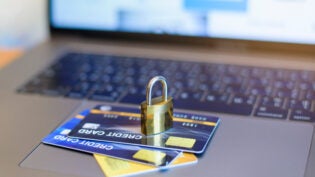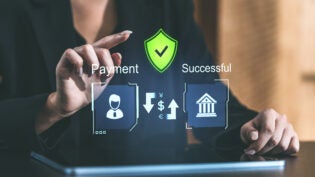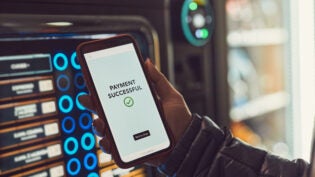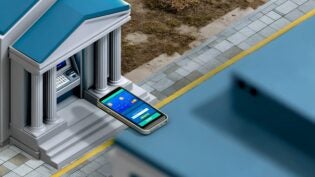
As a small business owner in the e-commerce or brick-and-mortar retail sector, a substantial part of your success will depend on your ability to assimilate industry trends and adapt to changes in the market. To understand why you should stay on top of financial and market trends, consider the diametrically opposed fates of Sears and Amazon, while the former is busy closing down stores and filing for bankruptcy, the latter continues to redefine the way we shop.
Take a look at the various strategies undertaken by Amazon, a company that started off selling books online and now owns a large chain of gourmet supermarkets, not to mention plans to launch a chain of futuristic convenience stores and even deploy a fleet of drones to handle deliveries. Amazon understands that in order to become “the Everything Store,” the company needs a good brick-and-mortar presence. Sears did not understand that the company needed to establish a solid e-commerce presence to stay relevant.
With the above in mind, it is clear to see that there is a pressing need among business owners to be aware of trends and take action upon them. The following financial and retail trends are developing very quickly; not all of them will form part of the next paradigm, but you should still become familiar with them.
Omni-Channel Retail
Amazon is not the only e-commerce enterprise seeking to get a foothold in the brick-and-mortar space; other outfits such as Bonobos and Polyvore have already explored this option, and there is a growing trend of shoppers researching online and purchasing offline. It is more difficult for smaller stores to accomplish this, but one option involves taking advantage of local delivery networks such as Postmates or Uber Eats.
Mobile Payments
This one is very easy for e-commerce entrepreneurs since there are numerous solutions to link mobile wallets to web stores or retail apps. Brick-and-mortar stores, self-employed professionals and micro companies have to take the extra step of integrating mobile payments by means of point-of-sale terminals, portable card readers or merchant processing agreements.
Cryptocurrency Payments
You don’t have to know how to build decentralized exchange platforms for the purpose of conducting Bitcoin transactions, all you need is a cryptocurrency wallet along with some kind of POS integration. As of 2018, there are nearly a dozen digital currency wallets that will process payments in multiple tokens. Coinomi, for example, is a mobile app that serves as a wallet for the most popular cryptocurrencies such as Bitcoin, Ripple and Dash. Accepting digital currency payments is easy; the more challenging aspect involves bookkeeping and reporting transactions for sales tax and IVA purposes.
Customers Demand Great Experiences
User experience is intrinsically tied to the success of technology at the consumer level. Excellent UX development was always at the heart of every strategy implemented by the late Steve Jobs. When Apple introduced the first generation of the iPod music player in 2001, the company had already spent years of UX trials to come up with an irresistible proposition. When you think about payment solutions for your business, be sure to run mental scenarios that focus on creating a great checkout experience.
Playful and Innovative Rewards
Fast food giant McDonald’s has been running variations of the Monopoly game at restaurants around the world since 1987, and it has been a massive success thanks to its fun, playful and innovative presentation. McDonald’s Monopoly is the ultimate store rewards program because it combines elements of luck and customer loyalty; moreover, the easiest way to win is by completing purchase transactions at the restaurant POS. Incorporating rewards at checkout is a smart incentive that modern shoppers will certainly appreciate.
The Second QR Code Revolution
Ever since Apple’s release of iOS 11, iPhone and iPad users do not have to install third-party apps to scan QR codes, and this means that future versions of Android will follow suit. For store owners, this is an opportunity to engage shoppers with special offers, coupons and information that they can access by means of scanning QR codes. This trend is mostly transitional because augmented and virtual reality retail experiences are just around the corner.
2055 Views












